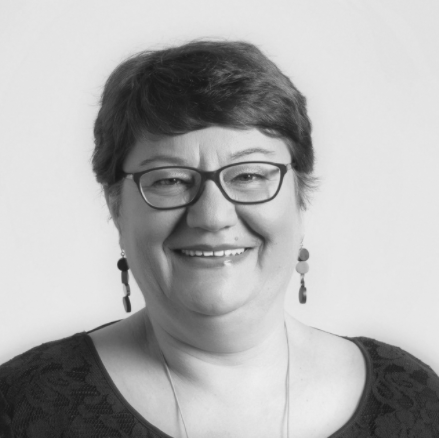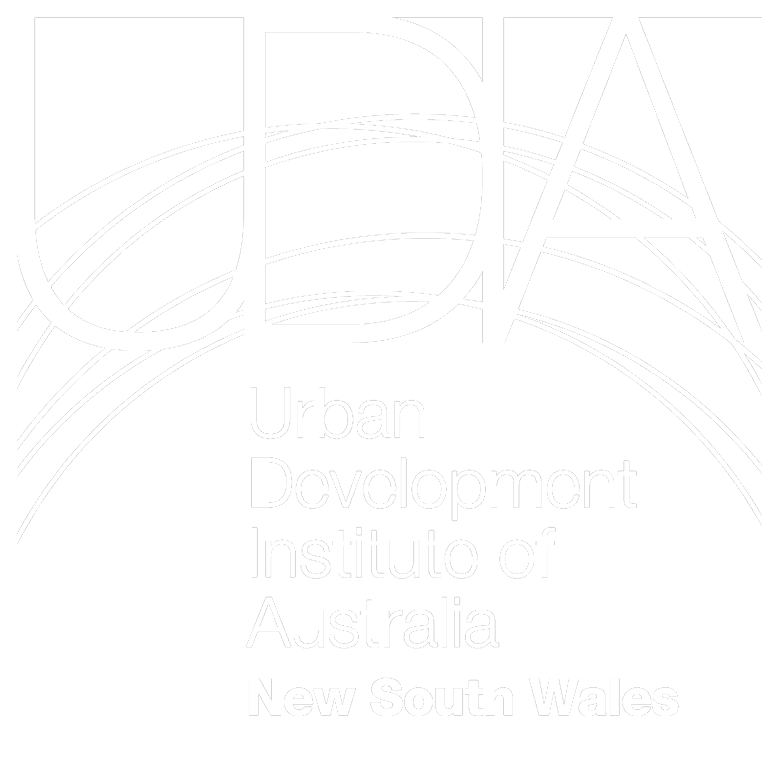One-on-One with Belinda Bentley, Director for 9Springs and Margaret Maljkovic, Chief Customer Officer for Link Wentworth

BB: Could you please provide us with some background about your role at Link Wentworth?
MM: I am the Chief Customer Officer, Link Wentworth Housing. We are a Community Housing Provider. We manage over 6,400 homes with around 10,000 residents and 200 staff. We offer Social, Affordable, Specialist Disability Accommodation and innovative models to increase the availability of secure and affordable accommodation to people on low to moderate incomes. I am responsible for the leading the operations to deliver a positive customer service experience.
BB: This week is National Homelessness Week, what are some of the initiatives that Link Wentworth is undertaking to address homelessness?
MM: An important focus for us as a company and a passion for our staff is helping people experiencing homelessness to find stable, secure, affordable housing. Housing is a basic human right and we believe that as a society we should work together to eliminate homelessness.
As a company we offer a range of products, services, and support to help people experiencing homelessness. In the Northern Sydney region, as part of the Social Housing Management Transfer, we are one of a few Community Housing Providers alongside the Department of Communities and Justice (DCJ) that provide Private Rental Assistance products and services to support eligible people secure and sustain private rental tenancies. These include Temporary Accommodation, which is short-term, immediate assistance to people who are homeless, generally in hotels, until they secure more appropriate housing. We also offer a range of subsidies towards private market rentals and provide assistance with bonds that are offered through DCJ in other regions.
In Outer Western Sydney we run Specialist Homelessness Services (SHS) supporting around 600 people experiencing homelessness. We have caseworkers who develop support plans and link people experiencing homelessness with services and connections to help them get on top of the challenges they are facing. We also have an Assertive Outreach service that goes directly to where people are staying such as in their car, in a park or under a bridge to provide support and assistance.
We also partner with the NSW Government, Specialist Homelessness Services, and other CHPs on the Together Home program, which provides housing and essential support to people who have experienced long term homelessness and have been sleeping rough during COVID-19. We are supporting 110 people with very complex needs and hope to see this program expand.
Link Wentworth is always looking for opportunities to expand the supply of social and affordable housing. We have progressed innovative solutions to provide safe and secure housing to people who are homeless and have piloted two “meanwhile use” projects, Beecroft House and Mosman House. Meanwhile Use involves the repurposing of vacant or disused buildings to provide affordable accommodation during the period that they are vacant. These two projects provide 42 units of secure and affordable housing and support for older women.
During Homelessness Week, we are highlighting stories of some of our clients through our Facebook page- @linkwentworthhousing – that show the huge difference a stable home and support make to turn peoples’ lives around.
BB: What are the trends for homelessness in NSW – are we seeing growth in certain demographics?
MM: Unfortunately, there is an unacceptable and rising number of people experiencing homelessness at a significant social and economic cost. This is due to structural social and economic factors, and a critical undersupply of social and affordable housing.
There is a lot of research producing information about housing need information about housing need. They all point to a shortfall of supply and increasing numbers of people in need. In NSW there are around 53,000 households on the Social Housing register. 530,000 households and 1.4 million people are living in housing stress. The state currently has a shortfall of 70,000 social housing units (based on OECD average) however previous modelling done by UNSW estimates that the real shortfall is over 135,000. Equity Economics forecasts that NSW needs to build, on average, an additional 5,000 social housing units per year over the next 30 years to just to meet and maintain the OECD average.
Older women are the fastest growing group of those experiencing homelessness. An alarming figure is that nationwide, 405,000 women aged over 45 are currently estimated as being at risk of homelessness. In NSW the number of women aged 55 and over experiencing homelessness increased between 2011 and 2016 by 48%, and the number aged between 65 and 74 increased by a staggering 78% (WEL 2021).
Domestic and family violence is another concerning trend. It is the major reason older women are seeking help from SHS. In NSW of all people requesting assistance from SHS agencies in 2019/20, 38% have experienced domestic violence – these are overwhelmingly women and children (Australian Human Rights Commission). Nationwide, over 9000 women a year are becoming homeless due to domestic and family violence and nearly 8000 a year are returning to perpetrators due to having no-where affordable to live.
On the ground, our Chatswood and Penrith offices have noticed more single males coming through our doors, specifically with complex mental health or addiction problems.
Another trend that we’ve seen more recently is people with pets, and the barrier that can often present to someone looking for a home. We know that pets are important companions for people, especially vulnerable people, so it’s unfortunate to see them being used as a reason to deny housing.
BB: How has COVID impacted homelessness in NSW?
MM: As I mentioned, we are a partner with the NSW Government on the Together Home Program, which is a positive initiative launched in July last year out of the pandemic. currently more people who are sleeping rough are being given temporary accommodation during this crisis, so that’s a positive too, especially in hotspot LGAs where people are more at risk of contracting COVID-19. However, they need a long-term housing solution rather than just going back onto the streets, which is where funding support services and increased social housing supply are critical and programs like Together Home are a positive development.
The most significant impact, however, has to be the skyrocketing rental prices and the lack of affordable housing for people in formerly more affordable parts of Sydney and beyond. Our team has noticed this trend go from bad to worse throughout this entire pandemic, with properties in Penrith, Blue Mountains and the Hawkesbury—properties that used to be well in the range for those on JobSeeker—no longer an option. The market is competitive too, with applicants offering $10 or $20 more a week on top of an already exorbitant asking price.
BB: What is the one thing that the property sector can do to assist with reducing homelessness?
MM: The one thing the property industry can do to assist to reduce homelessness is to partner with community housing providers in a range of ways, for example offering underutilised assets that can be repurposed as “meanwhile use” housing. The two “meanwhile use” projects I mentioned earlier – Beecroft House and Mosman House – were enabled by the building industry, through the the provision of temporarily available properties and donation of time, materials and free or heavily discounted renovation and maintenance work.
We all have a role to play and we need ongoing collaboration among the private sector, government and the community housing industry to make a significant impact in reducing homelessness.
I would also encourage the property sector to work with the community housing industry to lobby government for an increase in supply of social and affordable housing. According to the Community Housing Industry Association NSW, there’s a shortfall of more than 200,000 social and affordable homes in in NSW. Social housing represents only 4.7% of all housing stock in NSW, with its growth significantly lagging compared to overall growth in housing stock. We would like to see more government-owned land and properties converted to social housing.
Finally I would encourage everyone in the industry to be aware of the personal factors that can lead to homelessness such as domestic violence, job loss, mental health issues, relationship breaks ups, addictions, etc and if they encounter anyone experiencing these in their personal or work life, please encourage them to seek assistance and reach out to organisations such as ours who can help.
For more information: https://www.linkwentworth.org.au
*Belinda Bentley is Director of 9Springs, a property development and project management firm, and a Non-Executive Director of Link Wentworth Housing.
Belinda is also the 2021 Winner of the UDIA National Women in Leadership Award.
This interview forms part of a UDIA D&I Committee initiative series to encourage and highlight more diversity in UDIA and the property industry. It is intended to highlight diversity by profiling our members through industry publications on a regular basis throughout the year. Thank you to Stephanie Partridge, Senior Development Manager, Goodman.
Since 2018, the Diversity & Inclusion Committee has been one of the key Business Advisory Committees for the UDIA NSW, focussed on improving and promoting diversity and inclusion in the UDIA and our industry. This year, we launched the ‘One Thing’ campaign – celebrating and sharing the ‘one thing’ that we’re doing to empower people by respecting, supporting and appreciating what makes them different, in terms of age, gender, ethnicity, beliefs, disability, sexual orientation, and education. What’s your One Thing?
